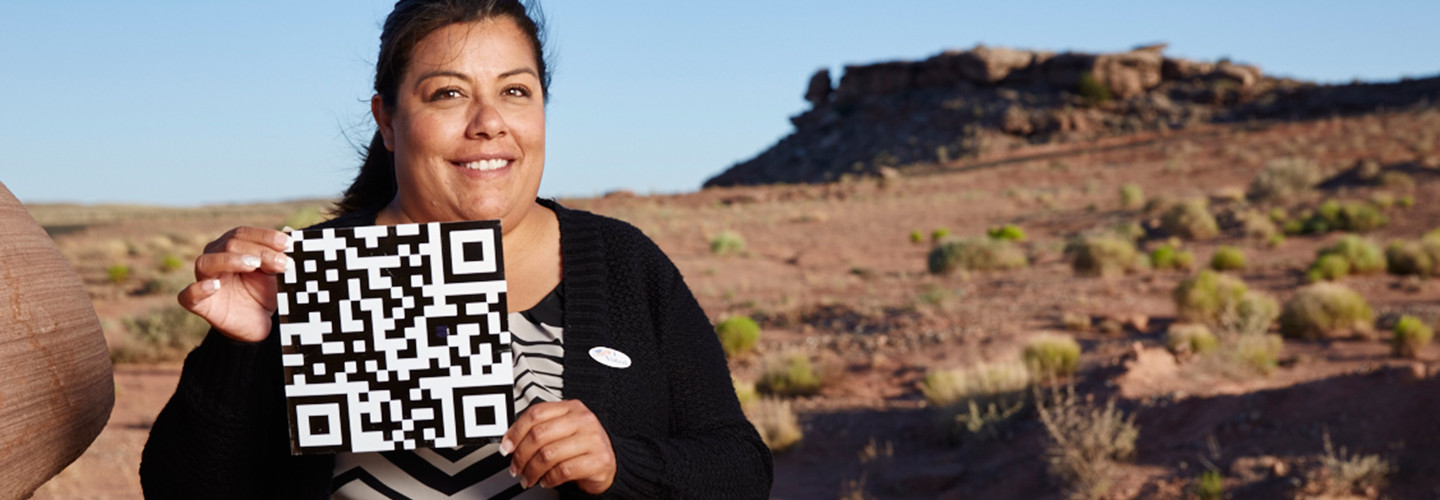States, Counties and Technology Put to the Test on Election Day
For state and county officials, today is a lot like the Super Bowl. But unlike the Super Bowl, the winner will take home a lot more than a championship ring and a trip to Disney World.
StateTech has been on the front lines covering how states and counties are acquiring or grappling with technology ahead of the 2016 presidential election, in which voters will decide between Republican candidate Donald Trump and Democratic candidate Hillary Clinton.
Here’s a quick look at what states have prepared for the election from a technology perspective and what citizens can expect as they go out to vote.
QR and Mobile Voting to the Rescue
One of the biggest fears for a voter is not making it to the polls in time. During early voting this year, long lines forced some polling places to stay open hours after they were supposed to close. For example, in Clark County, Nev., nearly 500,000 voters cast early ballots, and some polls didn’t close until 10 p.m. Friday night, reports the Las Vegas Review Journal.
To prevent voters from worrying on Election Day, Navajo County, Ariz., has deployed mobile and QR technology to make voting as convenient as possible.
StateTech covered the Arizona county’s user-friendly approach to the voting process in a story recently.
If a voter is delayed reaching his or her home polling place on Election Day, technology offers a solution. Thanks to the new election system there, citizens can vote at any polling place in the county, even right around the corner from their office during lunch hour. Voters can prepare ballots online beforehand or by texting “VOTE” to a designated number to receive a ballot QR code. They can access the code on a phone or print it out and bring it to any polling place in the county, scan it to retrieve their ballot, review it and make changes if necessary.
“It gives voters more convenience to cast their vote,” says County Recorder Laura Sanchez. “We’ve heard so much about how difficult the voting process can be. My goal is to get a higher voter turnout for each election.”
Technology Improves Vote Tabulation and Accuracy
One aspect of the voting process that is ripe for improvement is the accuracy and tabulation of votes. In the past, we relied on hand-counted ballots or rotary counters that tabulated votes as voters pulled levers on hulking machines, according to a 1988 article from The New Yorker.
But today, not only are localities able to count their votes faster, they’re able to share those vote counts online, in real time, with constituents too.
For example, Navajo County, Ariz., is capable of counting 300 double-sided ballots a minute, according to a feature story from StateTech earlier this year.
In the past, each polling place would tabulate its votes, and the Election Services office would upload those totals and combine them. The new system has a central tabulator in Election Services that automatically tallies all the votes. Voters prepare their ballots on terminals, print them and put them in ballot boxes. Sheriff’s deputies bring the boxes from the polls to Election Services, where the votes are counted.
“It tabulates 300 double-sided ballots in a minute,” says Sanchez. “It’s a pretty quick machine.” Citizens can view in real time the tabulation being processed and can see results as they are uploaded on the county website.
But the goal isn’t just to get the votes submitted and counted faster. As part of its ExpressVote terminal, Navajo County allows voters to cast their votes electronically and print the results, with two sheets of paper available to correct votes if they’re erroneous.
Online Voting Is Not Ready for Primetime — Yet
While the rest of life has mostly shifted online, voting itself still hasn’t and likely won’t for some time. The challenge isn’t exclusively technical. Security concerns underpin the hesitation here most, particularly given the high alert government is on with regard to foreign hackers meddling in the electoral process.
“In recent months we have seen cyber intrusions involving political institutions and personal communications. We have also seen some efforts at cyber intrusions of voter registration data maintained in state election systems,” said Department of Homeland Security Secretary Jeh Johnson during testimony in September to the U.S. Senate Committee on Homeland Security and Governmental Affairs. “We have confidence in the overall integrity of our electoral systems — it is diverse, subject to local control, and has many checks and balances built in. However, in this environment, we must be vigilant. I have personally spoken with a number of state Secretaries of State, and DHS stands ready to assist state and local election officials in protecting their systems.”
Because of these concerns about securing the electoral process in its current state, calls to move the voting process online have been roundly rejected by many cybersecurity experts.
In an opinion column on IEEE Spectrum, Robert Cunningham, chair of the IEEE Cybersecurity Initiative, Matthew Bernhard, computer science Ph.D. student from the University of Michigan, and J. Alex Halderman, a professor of computer science and engineering at the University of Michigan and director of Michigan's Center for Computer Security and Society, made a stark pronouncement about the likelihood of online voting.
In light of the uncertain benefits of voting online, it is crucial that we in the United States not rush to entrust our democracy to it. Some of the most difficult unsolved problems in computer security stand in the way: authenticating remote users, protecting home computers from malware, safeguarding online communication, preventing denial-of-service attacks, and protecting critical infrastructure from nation-state attackers. These challenges are among the most exciting and important in computer science and engineering — and many are striving to address them — but it may be decades, if ever, before they are solved to the level that we can vote online with confidence.
There is one bright spot, however: Voter registration is one area of the voting process that has moved online in a major way. Earlier this year, Virginia joined at least 33 other states in offering online voter registration.
For more information about how states and counties are using technology to improve the electoral process, check out our full content series "Election Technology: How States Handled the 2016 Vote."








